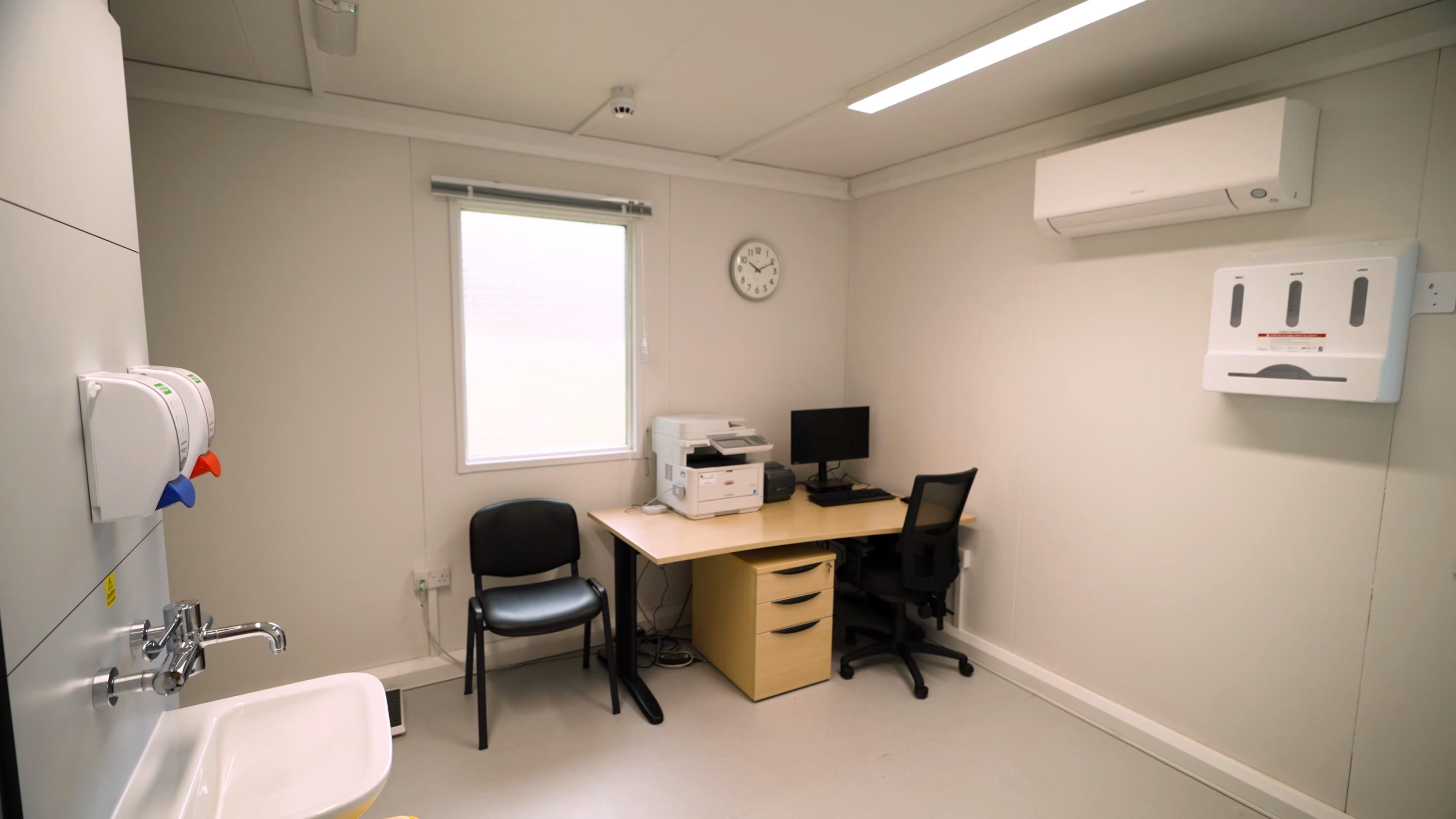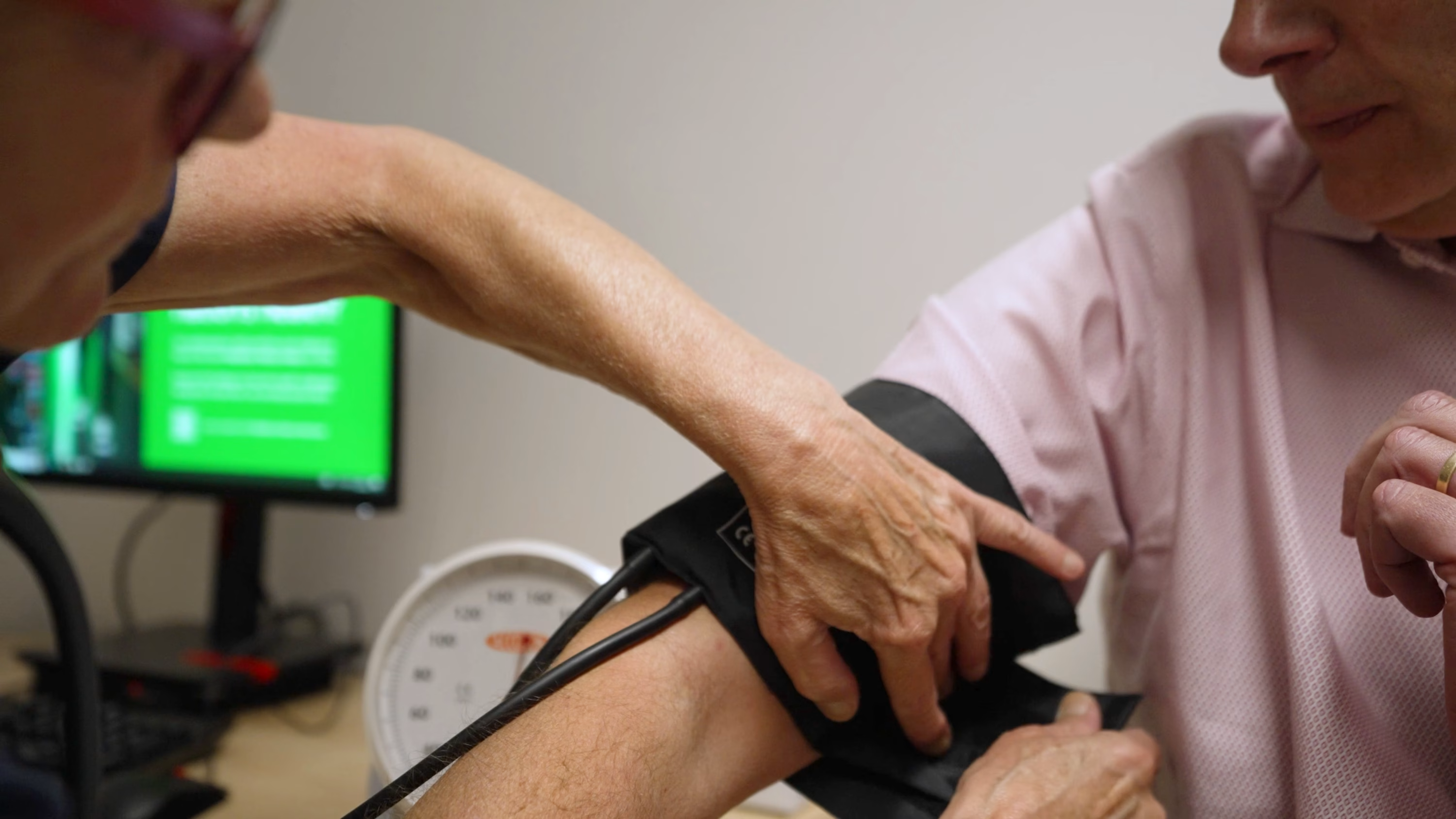As of April 2025, general practice in England is facing unprecedented pressure. With 63.77 million patients registered and only 28,249 full-time equivalent (FTE) fully qualified GPs, each GP is now responsible for an average of 2,257 patients. This ratio is not just a number – it’s a reflection of the growing strain on a system that is struggling to meet demand.
The British Medical Association (BMA) reports that while patient numbers continue to rise, the GP workforce has seen little growth since 2015. In fact, the number of fully qualified FTE GPs has declined by over 1,100 since September 2015. Although there has been a modest increase of 644 FTE GPs in the past year, this is far from enough to offset the growing demand.
The situation is further compounded by a significant drop in GP partners – those who typically take on leadership and administrative responsibilities within practices. Since 2015, the NHS has lost over 6,100 FTE GP partners, with 544 lost in the past year alone.
A high GP-to-patient ratio means longer wait times, shorter consultations, and increased pressure on already overworked doctors. It also affects continuity of care, which is vital for managing chronic conditions and building trust between patients and practitioners.
Moreover, the BMA highlights a shift in working patterns, with more GPs opting for part-time roles to manage stress and avoid burnout. While this is a necessary step for individual wellbeing, it further reduces the system’s capacity to deliver care.


This lack of space directly impacts:
The GP-to-patient ratio is a clear signal of the strain on general practice – but it tells only part of the story. Without adequate physical space to deliver care, train future clinicians, and support staff wellbeing, even the most robust workforce plans will fall short.
While recent investments in primary care are a welcome step forward for communities, the question remains: can these deep-rooted challenges be addressed quickly enough to help the wider NHS challenge?
Visit Darwin Group at Management In Practice, Manchester 4th June, to receive a free copy of Renovate, Revamp and Redevelop – a practice handbook released in collaboration with Management in Practice to help GP practices navigate the complex processes of extending or renovating their surgery. Or visit: Darwin Group x MiP – General Practice Infrastructure.